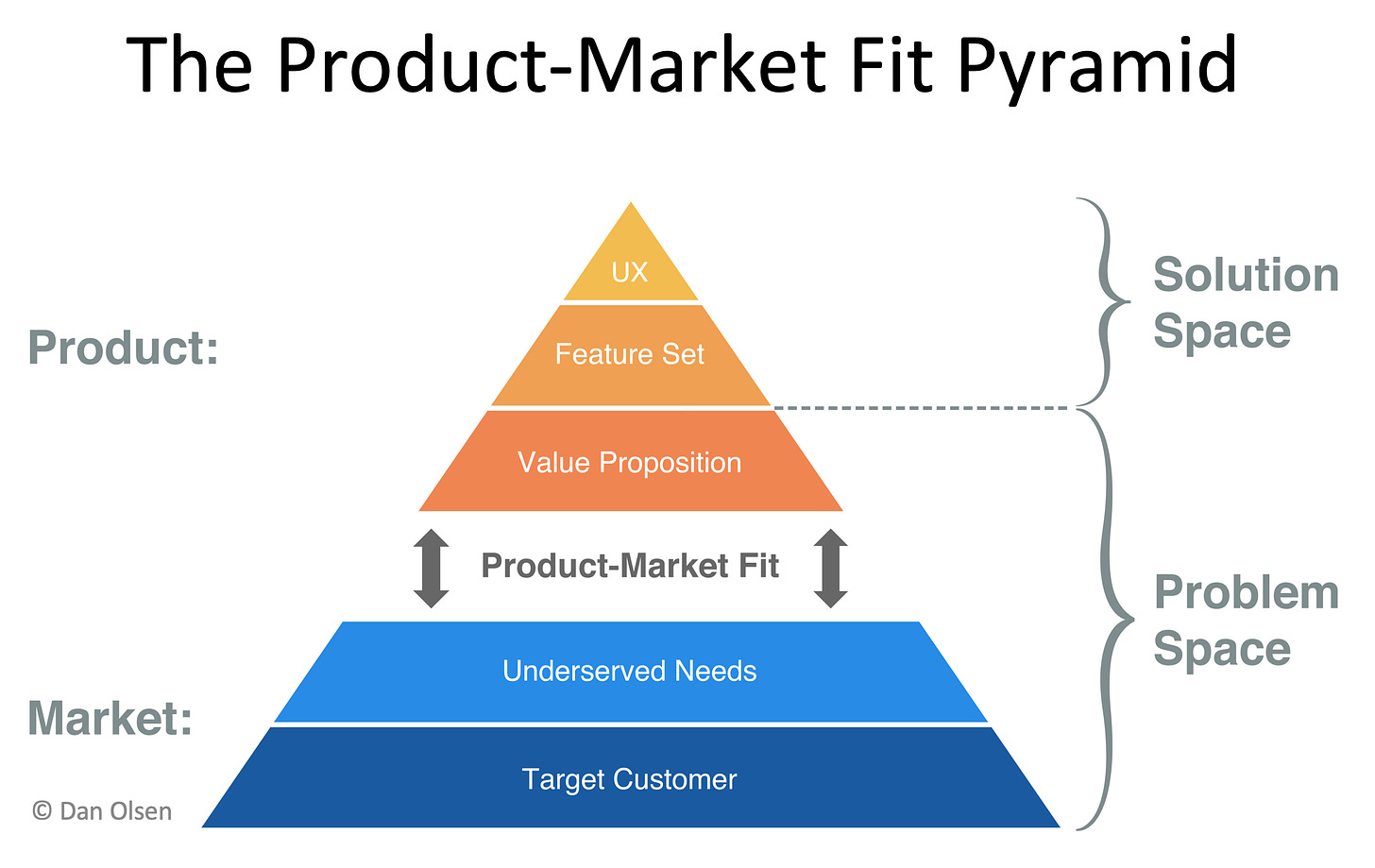HRHeadStart #75: HR Product Management; Design Thinking
The Talent Agenda
Over the course of our HR careers, we design and launch many HR offerings, processes and technologies. And, at times, we find that our offerings don’t get traction, employees don’t use them, business buy-in is limited and it is hard to implement them well. Why?
A useful way to think about our work in HR is to think about ourselves as Product Managers - a role commonly found in business functions. A Product Manager identifies customer needs, conceptualizes products to meet those needs, builds products, delivers value to customers and captures values for the business. A fundamental thing that great Product Managers think about is the Product-Market Fit. The framework allows us to think about the Market i.e. the target customers and the underserved needs and also the Product i.e. product features, value proposition and the user experience.
Before we even go to HR products, it is critical to think about the target customers and their needs. It is quite common to think about needs at a superficial level e.g. “The CEO talked about leadership development, so let’s design a training program for top leaders” or “Employees report burnout in the employee survey, so they need well-being initiatives or we could launch a mental health app”. This leads us to design solutions with an incomplete understanding of the actual needs because we fail to understand the actual Jobs-to-be-Done.
A Job to be Done is the process a consumer goes through whenever she aims to change her existing life-situation into a preferred one, but cannot because there are constraints that stop her.
If we apply the framework well, it can help uncover the real problem the business or an employee is trying to solve. When a CEO is talking about leadership development, their real need could be to ensure that all critical leadership roles are staffed, succession plans are in place and leaders accumulate diverse experience required for general management roles. When employees report burnout, the real need might be to actually get managers to prioritize work demands, avoid duplications and provide meaningful feedback.
The broader understanding of the real Jobs-to-be-Done can immensely add focus, sharpen the solution and help us think about the product features and user experience that will shape success.
Working Better
Design Thinking is a powerful and iterative way to understand your users, challenge assumptions, redefine problems and creative innovative solutions to prototype and test. It is not exclusive to designers and has been widely adopted in functions like engineering, marketing, business operations and HR. To make it easy to learn this skill and apply frameworks/tools in your next project, here is a helpful toolkit. You can dive into each step of the Design Thinking methodology (Understand, Define, Sketch, Decide, Prototype, Validate) and leverage tools from leading organizations.
Tiny Thought
If you read for just 1 hour a day, you will probably be in the top 1% of information gatherers in the world. Reading is an investment.


